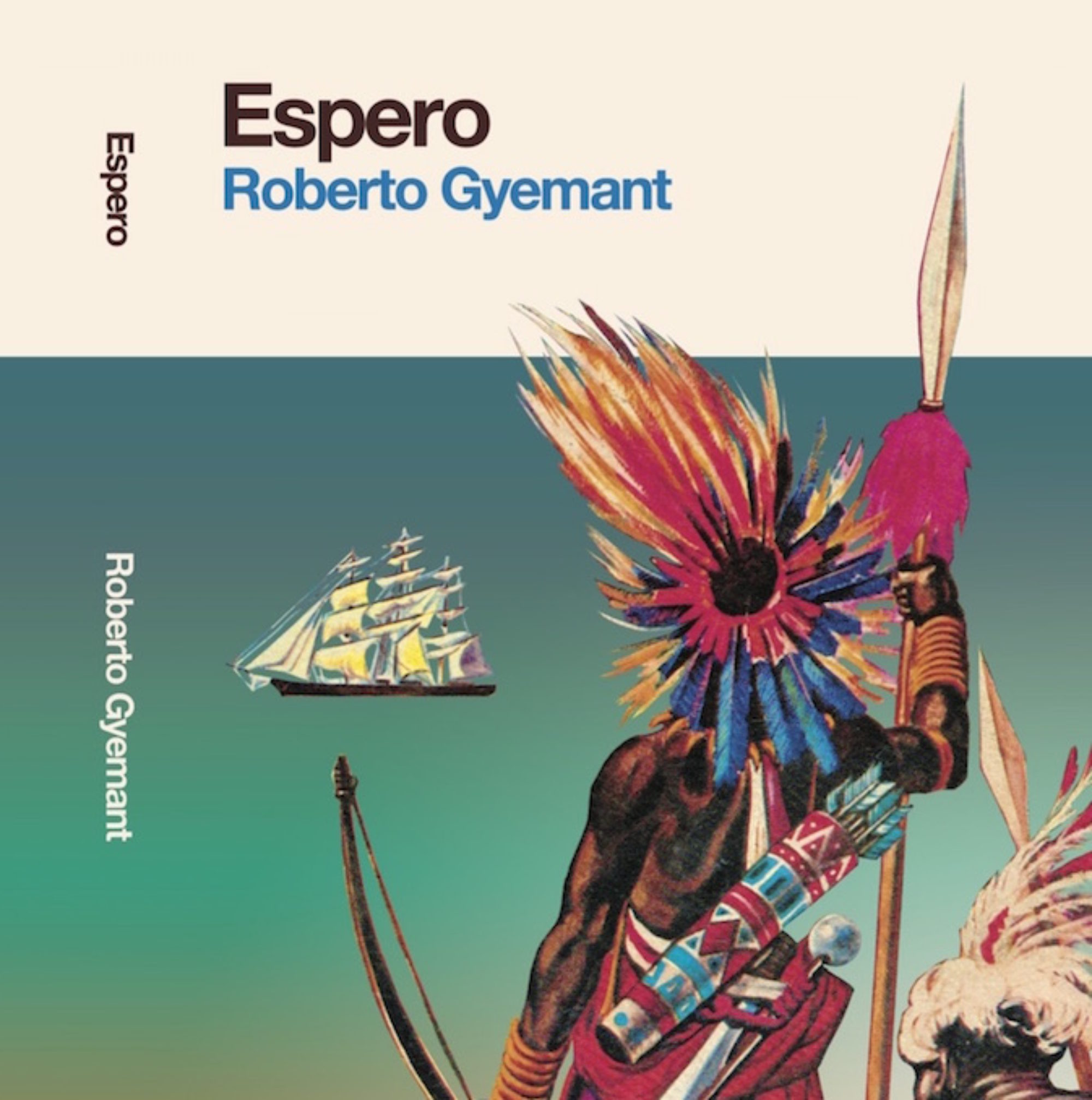
René Santos’ Conjunto was a key part of the musical scene in Panama throughout the 1960’s and into the early ’70s. Under-recognized Panamanian singing great Manito Johnson narrated a Battle of the Conjuntos held in Panama in the mid ’60s in an excellent interview published by Herencia Latina’s Eric Gonzalez ( Gonzalez is a pioneer in Panamanian Popular Music research):
Manito: “So, after lots of success in Colombia, the “Conjunto-show” — we had a “show” and everything — the Estrellas Panameñas de Máximo Rodríguez came back to Panama. It was 1966. We came back to the Jardín Rancho Grande as a bigger attraction – full every Friday, Saturday and Sunday. The parking lot and Vía España (in front of the Rancho Grande) was a madhouse. While we were working there, the heads of the Teatro Encanto planned a spectacle never before seen in Panama. That was to choose the best Conjunto in Panama by popular vote. In the competition were René Santos, Papi Arosemena, the Conjunto Gigante of Fermín Macías – my compadre, who also passed away –, and Máximo Rodríguez y sus Estrellas Panameñas.”
Eric: “René Santos had his own Orquesta?”
Manito: “Yes, he was the first to have an “Estrellas” in Panama. Well, you know René came from Cuba, and after the musicians in the Conjunto he came with went back, he stayed in Panama, and started a group in Panama, and called them the “Estrellas.” But Maximo’s were the “Estrellas Panameñas.” René’s I think were René Santos’ Estrellas”
Eric: “OK. What happened in the Teatro Encanto competition?”
Manito: “At the Teatro Encanto, we played second, and, after we finished playing, it was hard for Fermín Macías to play in the theater, because the people didn’t stop clapping and wouldn’t stop yelling. We won the competition by a mile, with “Lágrimas y Tristeza” and “Felicidad y Boogaloo”. It was two songs per Conjunto.”

Aside from René on Bass and Tres, Santos’ Conjunto/Estrellas at various times had Alfredo de Mercado, Jose Castro and Carlos Torne on trumpet, Moises “Monchi” Bustamante singing, “Professor”Tito Rodriguez (no relation to the Nuyorican bandleader/singer) on piano and vibes, “Benites” on piano, “Cañon” on timbales, Jorge “Cubita” Gonzalez on Congas and Santiago Labastid on on bongoses.
“Professor”Tito Rodriguez also played with both Maximo Rodriguez’s Estrellas Panameñas and Freddy y sus Afro Latinos, while both Monchi and Santiago Labastid later played with transplanted Dominican bandleader/trumpet player Rafael Labasta’s well-regarded Orquesta.

In the late ’60s/early ’70s, Santos recorded a pair of (now very sought after) LPs for Ducruet y Ducruet’s Panavox label, one in collaboration with organist Alberto Quintanar, and another with singer Sócrates Lazo. The Sócrates Lazo LP actually appears on the Loyola label, but the notes reveal that it is a Panavox/Ducruet production – both were recorded by Panavox’s brilliant engineer Eduardo “Balito” Chan.
Following are two songs from the Santos/Quintanar production Quintanar y su Clan Sonero, “Guaguina Yerabo” and “El Clan Sonero”. You can hear “Son de Mayari” from the Quintanar LP and see images in my previous post here: https://esperobook.com/2020/03/30/2-versions-of-son-de-mayari/
“Guaguina Yerabo” is a Chano Pozo original, and both Chano and Silvestre Mendez (who wrote “Son de Mayari”) were contemporaries of Santos in Cuba. Interesting to note that all three Cuban musicians had diasporic ends – Santos in Panama, Mendez in Mexico, and Chano in NYC, where he was famously gunned down at the age of 33 in an argument over bad cannabis – after having seeded the birth of Latin Jazz with Dizzy Gillespie and others.
Miguelito Valdes also did a version of “Guaguina Yerabo” with Casino de la Playa, as well with his own Big Band in the amazing 1949 NYC “Mambo Dance Session” recordings. The song is additionally notable for the lyrics (noted on the back of the Santos/Quintanar LP): “Salama ecu, malecumsala”, which signal the significant slice of Muslim Africans brought to Cuba during and after the 19th century Oyo/Dahomey wars :
And here is the mesmerizing Guajira “El Clan Sonero”:
The Santos/Lazo collaboration was entitled “A la Carga con la Descarga”, and featured Lazo, highly regarded as a bolerista, on vocals. Lazo is older brother to internationally recognized singer Gabino Pampini (nee Armando Lasso or Lazo).


Here is the heavy “Que Pena Magdalena” from the LP:
And here is the sweeter Son Montuno “Ay Que Sabor”:

In addition to the original Panamanian pressings, both the Santos/Quintanar and Santos/Lazo LPs were pressed in Colombia on the Real label.
